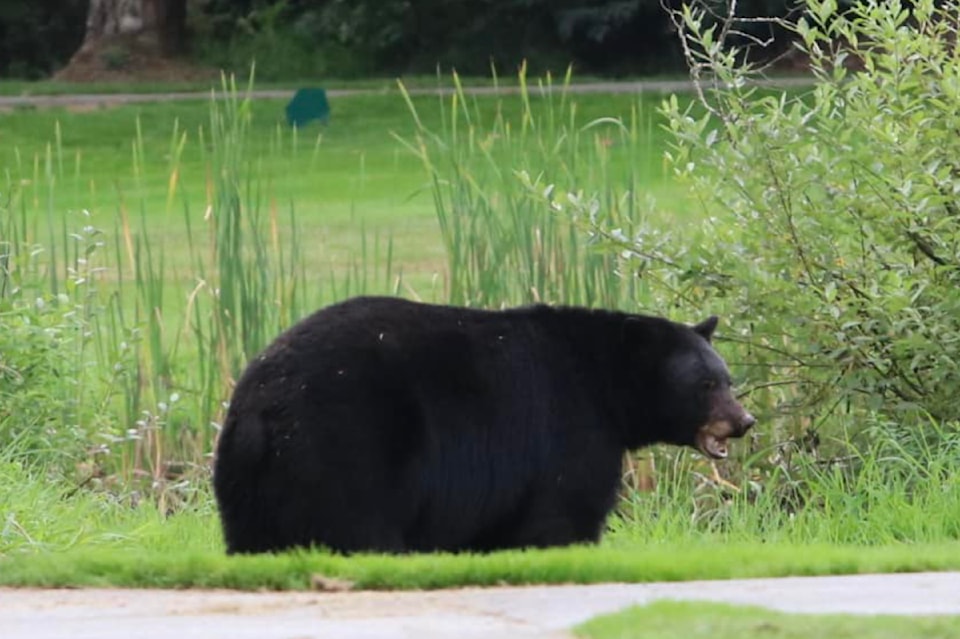In Abbotsford, it's here a bear, there a bear, everywhere a bear bear, at least according to recent findings by WildSafeBC that show the number of black bear sightings has increased dramatically in the first half of this year.
The Conservation Officer Service (COS) receives tens of thousands of bear-related calls per year, with the vast majority of these being about black bears, which are the most common type of bear found in the province.
These omnivorous furry critters have been particularly active in and around Abbotsford during the first six months of 2025, which only includes a small window of the high-activity bear season that spans from April to November.
According to COS, local black bear reports have already surpassed 300 for the year, with the Abbotsford area receiving 318 calls and the Chilliwack area getting 112 calls from Jan. 1 to June 30.
While the Chilliwack numbers are approximately on track for meeting last year's total, the Abbotsford calls have already nearly passed the 2024 total calls, which amounted to 350.
Such a sharp increase in black bear sightings is worrisome on its own, but WildSafeBC Fraser Valley community coordinator Aneurin Sheasby explained that it's where a lot of these calls have come from that is particularly problematic.
"Our main concern with the reports in Abbotsford this year is that we are receiving several reports in the centre of the city, where it is much more urban," Sheasby said. "That is much different than previous years, where reports were focused in areas bordering their natural habitats."
Despite the especially high numbers, WildSafeBC explained that this likely doesn't even show the full extent of bear activity in the region due to the rising trend of fewer people actually submitting reports to COS.
"Speaking to citizens, many do not want to report any wildlife sightings to COS to protect the animals," Sheasby said. "Most people rely on posts shared on social media by friends, family, or in neighbourhood groups, and choose not to make official reports."
She said that this stems from growing concern among the public about how the animals will be handled by COS.
"There seems to be mistrust in COS lately, but we want the public to know that COS wants to protect wildlife – just like the rest of us. COS doesn't want to see any human-wildlife conflicts occurring, which is why WildSafeBC teams up to share education about managing wildlife attractants, and staying bear aware."
This mistrust likely extends to other animal reporting as well, including cougars and coyotes, both of which have received a significant decline in COS reports in recent years.
In 2022, there were 73 cougar reports across the Fraser Valley, but this number decreased to 56 in 2024. Meanwhile, coyote reports dropped from 89 in 2022 to only 40 last year.
To help encourage proper reporting while also reducing the possibility of wildlife interacting with the public, WildSafeBC staff have been emphasizing the garbage bin tagging and door hanger educational campaigns.
"We are positive that we can reduce human-wildlife conflicts if we all work together to manage attractants," Sheasby said.



